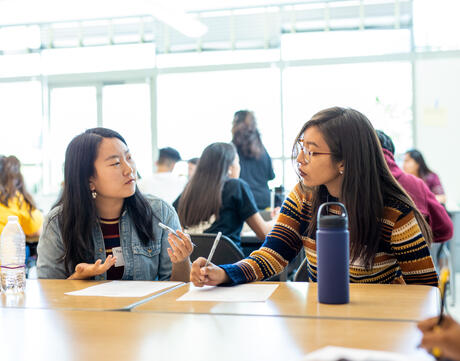
Envisioning Our Classroom Space
At a Glance
Language
English — USSubject
- Advisory
- Civics & Citizenship
- English & Language Arts
- History
- Social Studies
Grade
6–12- Culture & Identity
- Equity & Inclusion
Overview
About This Activity
In a Facing History classroom, members value and create space for different perspectives, and everyone takes responsibility for themselves, each other, and the group as a whole. This activity, in which students engage with a poem about the spaces we occupy, prompts them to think about how they can cultivate this kind of brave and reflective classroom community. You can use ideas generated in this activity as framing for creating a classroom contract in your next lesson.
Preparing to Teach
Procedure
Steps for Implementation
Extension Activities
Materials and Downloads
Envisioning Our Classroom Space
Unlimited Access to Learning. More Added Every Month.
Facing History & Ourselves is designed for educators who want to help students explore identity, think critically, grow emotionally, act ethically, and participate in civic life. It’s hard work, so we’ve developed some go-to professional learning opportunities to help you along the way.
Exploring ELA Text Selection with Julia Torres
On-Demand

Working for Justice, Equity and Civic Agency in Our Schools: A Conversation with Clint Smith
On-Demand

Centering Student Voices to Build Community and Agency
On-Demand















